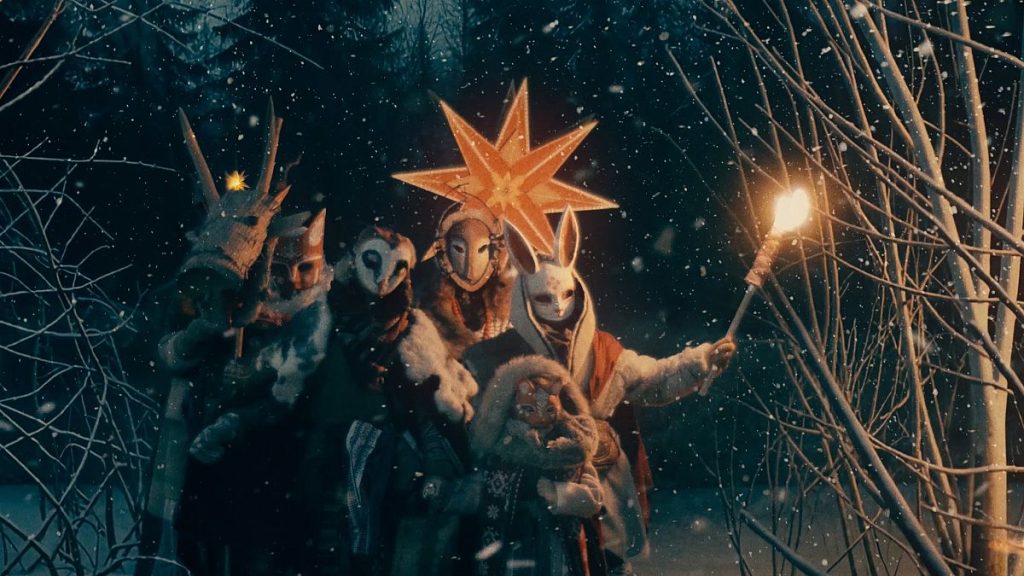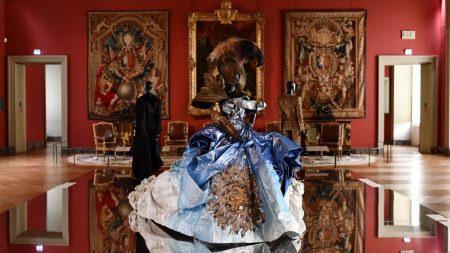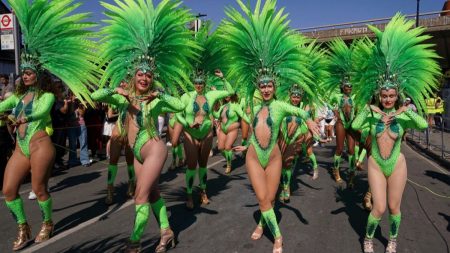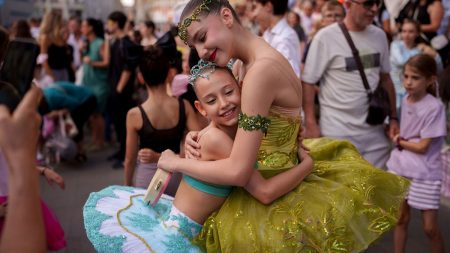The Bui sisters, Julia and Mai, daughters of a Vietnamese father and a Polish mother, embarked on a cinematic journey to explore and celebrate the rich tapestry of Slavic mythology and folklore after moving to Poland as teenagers. Their initial encounter with Polish Romanticism, particularly through Adam Mickiewicz’s poem “The Water Nymph,” ignited a fascination with the mystical creatures and evocative atmosphere of Slavic tales, inspiring them to translate these narratives to film. This artistic pursuit became intertwined with their own search for identity, bridging their multicultural background with their newfound connection to Polish culture. Their work has garnered international recognition, winning over 25 awards.
Julia, a director, dancer, choreographer, and martial artist, and Mai, an architect and cinematographer, combine their diverse artistic skills to bring these ancient stories to life. They lament the relative obscurity of Slavic mythology compared to other European traditions, emphasizing its untapped potential and the sense of mystery that surrounds it. They view their work as an act of rediscovery, unveiling the hidden depths of a cultural heritage often overshadowed by more dominant narratives. This endeavor became a personal quest, resonating with their own mixed heritage and the universal search for belonging.
The sisters challenge the common perception of Poland as primarily defined by Catholicism, highlighting the deep roots of many Polish traditions in pre-Christian Slavic practices. They point to customs like wafer sharing, the importance of light during Christmas Eve, and the tradition of carol singers, tracing their origins back to pagan rituals and celebrations. Their film “Winter’s Tale” incorporates these elements, using symbolism and meticulous research to accurately represent these ancient customs. They aim to illuminate the historical continuity of these traditions, demonstrating how they have been adapted and reinterpreted over time.
Their work emphasizes the struggle between light and darkness, a recurrent theme in Slavic mythology. The winter solstice, a central element in their film, embodies this duality, symbolizing the triumph of light over the encroaching darkness as the days begin to lengthen. This cyclical battle resonates with deeper human experiences, reflecting the constant interplay of opposing forces in the natural world and within individuals. The sisters’ artistry captures the essence of these struggles, presenting them with a profound understanding of their cultural significance.
Their artistic process is collaborative and deeply immersive. Julia’s “warrior combat fan school,” a space for women to express themselves through movement and martial arts, provides a pool of talent for their films. The sisters describe their film sets as “sandboxes for adults,” where playfulness and creativity intertwine with meticulous attention to detail and historical accuracy. This approach fosters a sense of community and shared purpose, empowering the women involved to connect with their own strength and femininity while contributing to a larger artistic vision.
Funded by a grant from the Polish Ministry of Culture, the Bui sisters are embarking on a new project focused on the Slavic gods. This series will further explore the lesser-known aspects of Slavic mythology, giving them creative freedom to interpret and present these deities in their own unique style. Their research-driven approach, combined with their artistic intuition, promises to bring these ancient figures to life, enriching the understanding of Slavic culture and its enduring legacy. Their work stands as a testament to the power of artistic exploration to illuminate the past, celebrate cultural heritage, and inspire a deeper appreciation for the enduring power of mythology.














